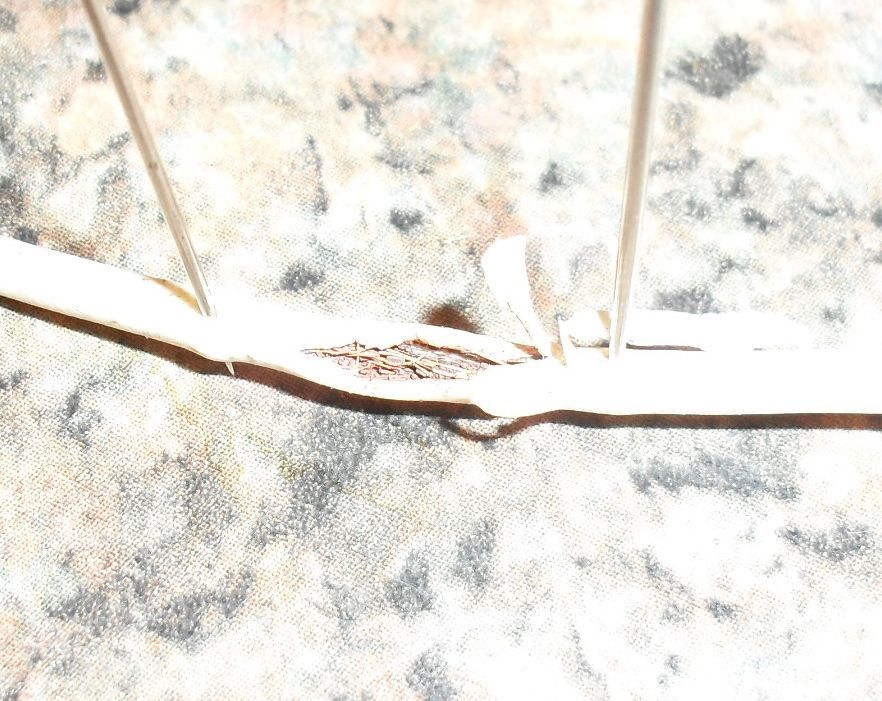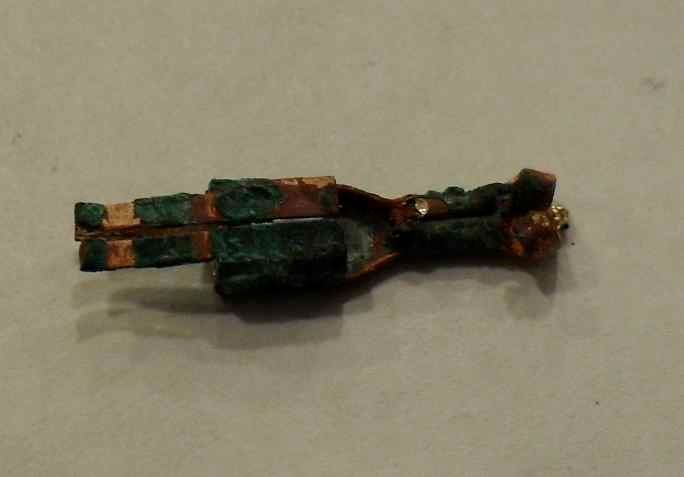Dan Sarandrea (Phila)
Waitin' On Parts...
You mentioned that you had a spare heater valve....try this experiment.
1. Install the heater valve in place of the AAV.
2. Secure the heater valve to some part of the engine (or preferably the chassis) using hose clamps, wire ties, mechanic's wire, etc.
3. For the duration of this experiment, remove the distributor access panel in the spare tire compartment.
4. Rig up a spare hand choke/hand throttle push-pull cable and and then secure one end to the operating lever on the rigged up heater valve. Bring the other end into the passenger compartment thru the distributor access panel and position it so it's handy to you in the driver's seat.
5. Set the position of the cable to open the heater valve almost all the way, allowing a lot of air to pass thru the hoses.
6. Start the car, and immediately adjust the position of the cable to give you a fast idle of say 1400 +/- RPM
7. As the car begins to warm up, you would expect the engine speed to increase. Continue to adjust the cable to give you a fast idle of say 1200 RPM. One would expect that your adjustments are going to gradually reduce the airflow thru the heater valve.
8. If you can use the cable position to control the idle so that it maintains a normal to 1200 RPM throughout the full 5-10 minute warmup to operating temperature, and then eventually be able to fully close the heater valve and the engine achieve a normal hot idle, you have proven that your original and replacement AAV were not operating properly, or may have been wrong for your car.
9. One solution would be to continue to work on adjusting the AAVs you have, or modifying their function, or trying to acquire a better AAV.
10. Another solution would be to consider the heater valve experiment a proof of concept, and then go about locating some sort of valve that would fit and function to your liking, and install it and consider it a "hand choke" of sorts.
1. Install the heater valve in place of the AAV.
2. Secure the heater valve to some part of the engine (or preferably the chassis) using hose clamps, wire ties, mechanic's wire, etc.
3. For the duration of this experiment, remove the distributor access panel in the spare tire compartment.
4. Rig up a spare hand choke/hand throttle push-pull cable and and then secure one end to the operating lever on the rigged up heater valve. Bring the other end into the passenger compartment thru the distributor access panel and position it so it's handy to you in the driver's seat.
5. Set the position of the cable to open the heater valve almost all the way, allowing a lot of air to pass thru the hoses.
6. Start the car, and immediately adjust the position of the cable to give you a fast idle of say 1400 +/- RPM
7. As the car begins to warm up, you would expect the engine speed to increase. Continue to adjust the cable to give you a fast idle of say 1200 RPM. One would expect that your adjustments are going to gradually reduce the airflow thru the heater valve.
8. If you can use the cable position to control the idle so that it maintains a normal to 1200 RPM throughout the full 5-10 minute warmup to operating temperature, and then eventually be able to fully close the heater valve and the engine achieve a normal hot idle, you have proven that your original and replacement AAV were not operating properly, or may have been wrong for your car.
9. One solution would be to continue to work on adjusting the AAVs you have, or modifying their function, or trying to acquire a better AAV.
10. Another solution would be to consider the heater valve experiment a proof of concept, and then go about locating some sort of valve that would fit and function to your liking, and install it and consider it a "hand choke" of sorts.



